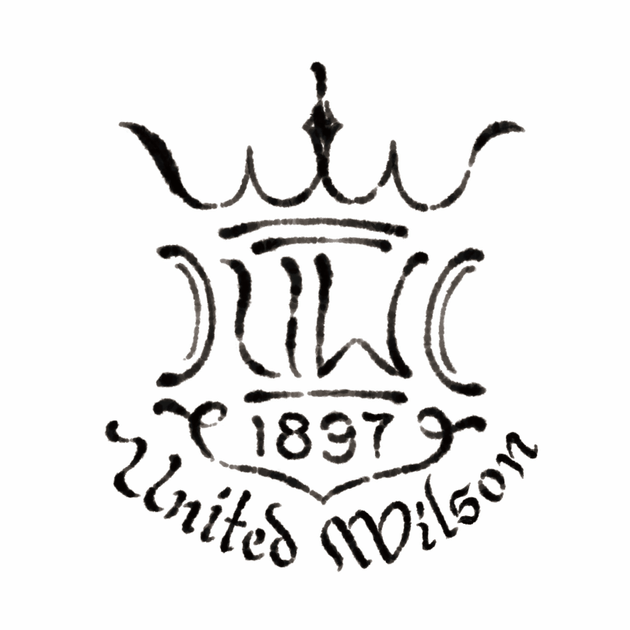
Pine
The Pine Tree, with its evergreen foliage that remains vibrant and verdant throughout the year, including harsh winters, is a symbol of endurance.
In Japan, it is known as "matsu no ki," or "matsu" in short, which holds significant importance in Traditional Japanese Gardens as well as deeply ingrained in various art forms, such as porcelain.
Shaped by the wind and known to grow on bare rocks, the Pine Tree is often depicted with delicate and intricate designs in Japanese porcelain, showcasing its graceful and elegant form. The pine needles are typically stylized with fine lines and intricate details, capturing the unique characteristics of the tree.
In traditional Japanese tea ceremonies, the pine tree pattern on porcelain adds another layer of significance. Beyond the harmony and tranquillity that are integral to the tea ceremony, the pine tree also serves as a reminder of the everlasting presence of the tea master's teachings and the spirit of hospitality.
The intricate pine tree pattern on porcelain reflects the reverence and admiration for the Pine Tree as a symbol of longevity and endurance in Japanese culture. It represents a deep appreciation for nature's timeless beauty and serves as a reminder of the values of resilience, vitality, and nobility that the Pine Tree embodies, according to the concept of "matsu no ki" in Japanese culture.
United Wilson Porcelain Fty.
Flat D, 11/F, Block 2, Kingley Industrial Building,
33 Yip Kan Street, Wong Chuk Hang
Hong Kong

